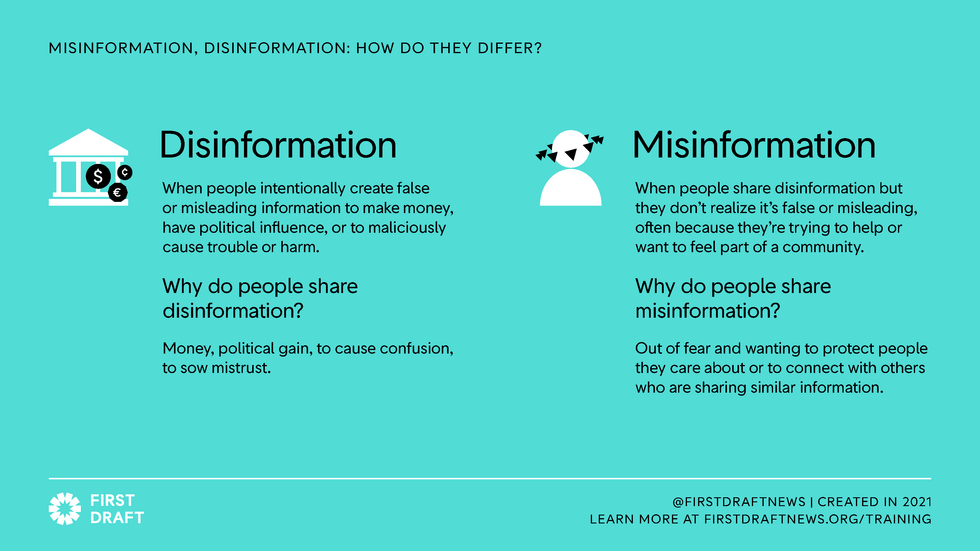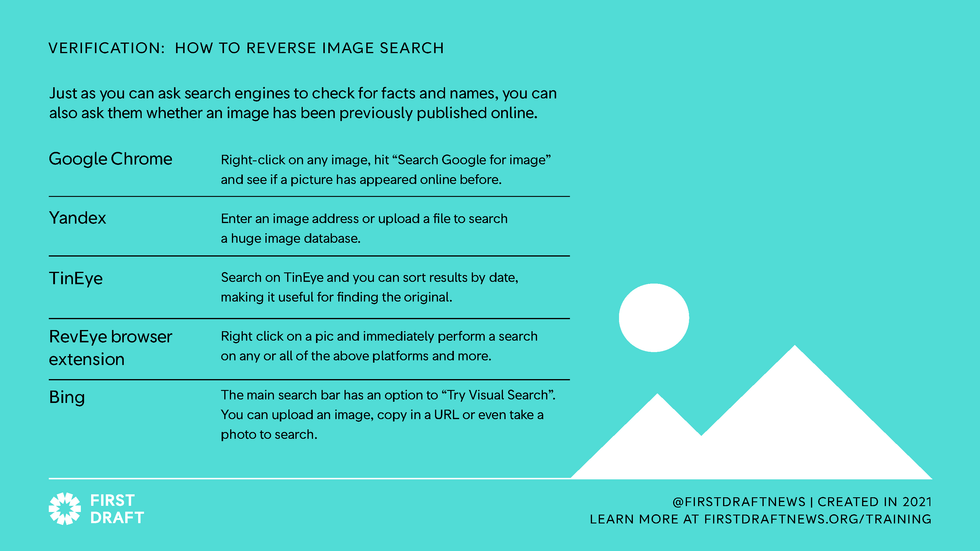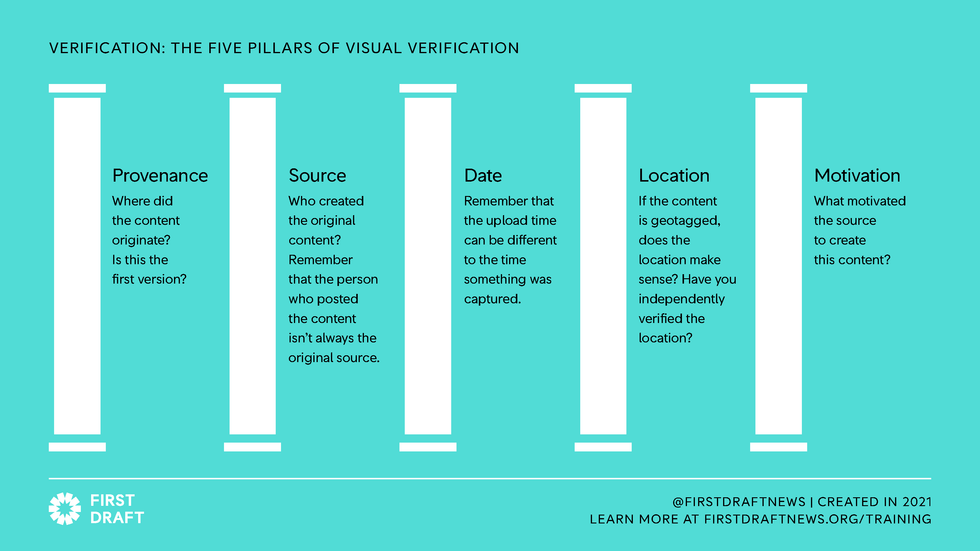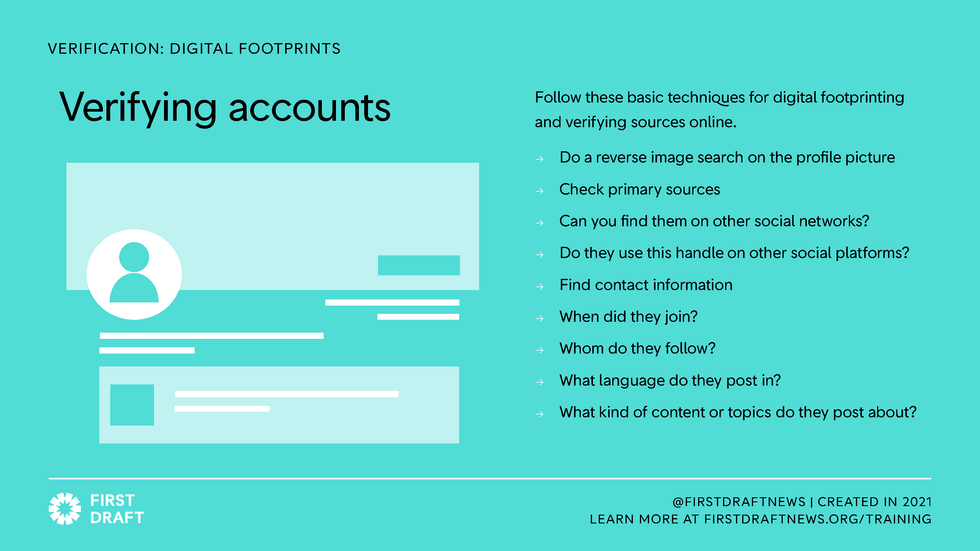Russia's "full-scale attack" on Ukraine has fueled some serious misinformation surrounding the crisis, including fake TikTok livestreams to out-of-context images, realistic gameplay and dated clips.
Take this viral video that recently spread across social media. It was depicted as a "Ukrainian girl" confronting a "Russian soldier." When in reality, it shows Ahed Tamimi, a Palestinian girl who heroically took on an Israeli soldier (in Arabic) in 2012.
In devastating situations like this, people often rush to social media to document and keep people around the world 'informed'. But, it can far-too-often be inaccurate – or straight up fake.
In a viral thread, First Draft News took to Twitter to offer some practical advice against being misled.
Their mission? To protect communities from harmful misinformation. They "work to empower society with the knowledge, understanding, and tools needed to outsmart false and misleading information."
Sign up to our free Indy100 weekly newsletter
Understand the difference between MISinformation and DISinformation
"First and foremost, be wary of the difference between MISinformation and DISinformation. While they can seem interchangeable, the difference lies in the intent. Precise language is important e.g. propaganda can fall under the umbrella of disinformation."

Reverse image search
"Second, visual misinformation gains a lot of attention. We’ve seen time and time again old photos and videos recirculated during times of crisis, which can cause more chaos and confusion. Preventing this can be as easy as running a reverse image search".

Run checks
"Going deeper, you can run checks on all of our five pillars of visual verification. The more you can dig up about each pillar, the stronger your verification will be. Some tools you can use: https://start.me/p/vjv80b/first-draft-basic-toolkit".

Be wary of fake accounts and ensure you're getting your information from trusted sources
"Imposter accounts are also common, pretending to be trusted sources of information or a certain identity group. Here’s a basic checklist for making sure you’re getting information from a trustworthy account on social media.".

If you share out-of-context content for whatever reason, make sure you add a disclaimer
"If you decide to share falsified visuals as part of a debunk, make sure to use an overlay to prevent the image from being recirculated out of context. This can be as simple as adding a watermark over the image labelling it “unverified” or “out of context"".
Have your say in our news democracy. Click the upvote icon at the top of the page to help raise this article through the indy100 rankings.














